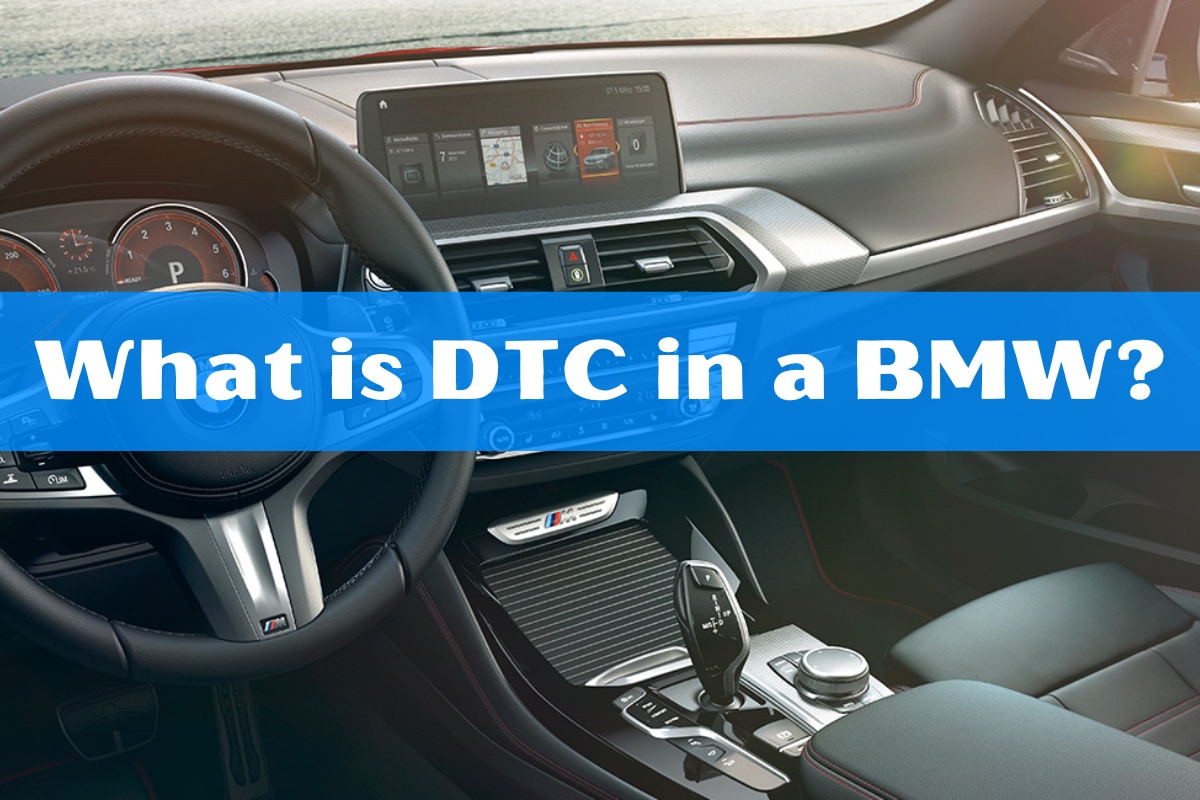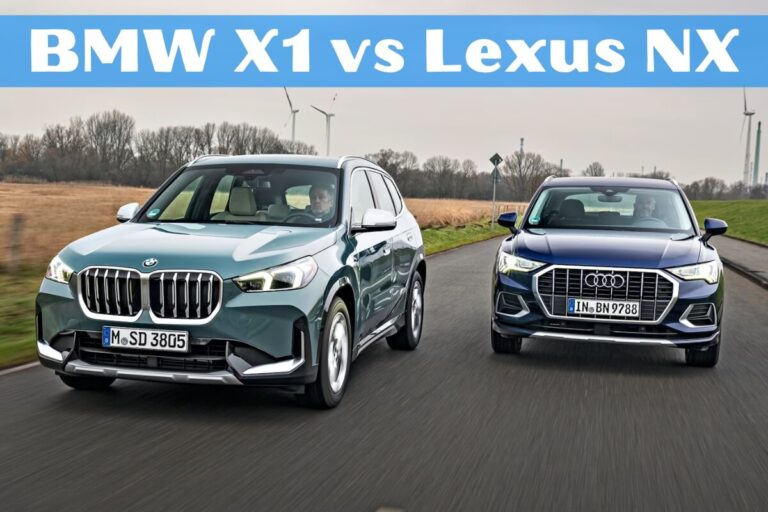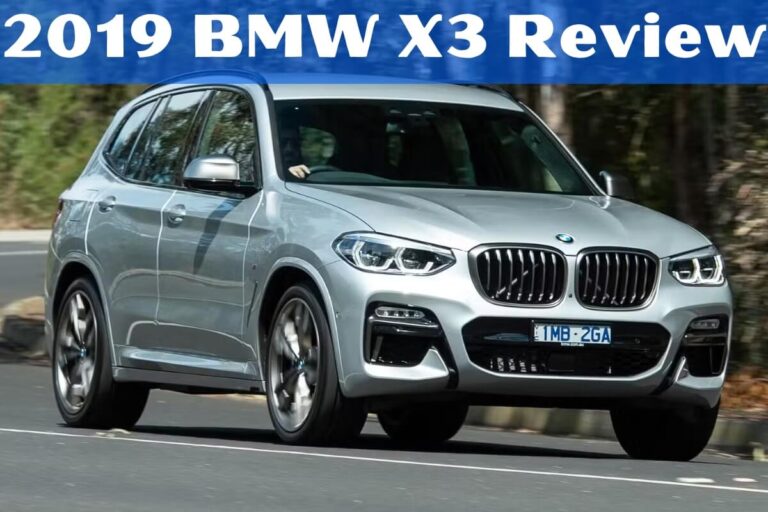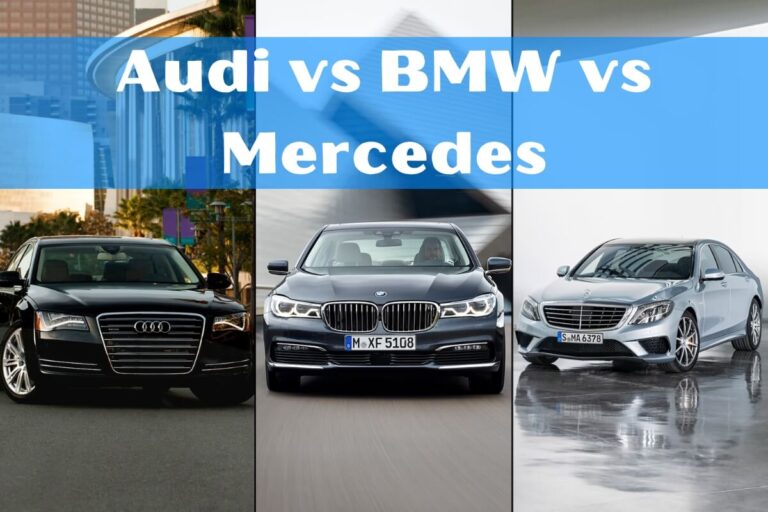What is DTC in a BMW?

If you’re a BMW enthusiast or are considering purchasing a BMW, you’ve likely heard of the term “Dynamic Traction Control” or “DTC.” But what exactly is DTC, and how does it benefit your driving experience? In this comprehensive guide, we’ll dive deep into the world of DTC, exploring its features, benefits, and how it can enhance your BMW’s performance.
Understanding Dynamic Traction Control (DTC)
Dynamic Traction Control, or DTC, is an advanced technology developed by BMW to improve driving dynamics and road safety. It is a sub-function of the BMW’s Dynamic Stability Control (DSC) system, and its primary purpose is to regulate traction and provide active stability control, especially in low-traction conditions.
When your BMW’s sensors detect a loss of traction, such as on wet or icy roads, DTC automatically springs into action. It does this by comparing the speeds of the front and rear wheels using the vehicle’s ABS sensors and data from the angular rate sensor. When the system detects wheel slip, it immediately begins stabilization measures, reducing engine output and minimizing wheel spin. This helps to prevent the vehicle from drifting or losing control, ensuring a more secure and confident driving experience.
Benefits of DTC in BMWs
DTC offers several key benefits for BMW drivers, making it a valuable feature in many of the brand’s models:
Improved Driving Dynamics
One of the primary advantages of DTC is its ability to enhance the driving dynamics of your BMW. By allowing for a controlled amount of wheel slip, DTC enables a more engaging and sporty driving experience, particularly when navigating tight corners or accelerating out of turns. This makes DTC an invaluable tool for driving enthusiasts who want to push their BMWs to the limit without sacrificing stability and control.
Enhanced Stability and Traction Control
In low-traction conditions, such as wet, icy, or snowy roads, DTC becomes especially useful. By precisely managing engine power and applying the brakes to individual wheels, DTC helps maintain traction and stability, ensuring your BMW remains firmly planted on the road. This enhanced traction control can be a lifesaver in challenging driving situations, giving you the confidence to tackle inclement weather without compromising performance.
Adaptability to Driving Conditions
DTC is designed to be versatile, allowing you to tailor its functionality to the current driving conditions. When activated, DTC will provide a balance between traction and driving dynamics, ensuring your BMW remains stable and responsive, even in extreme circumstances. This adaptability makes DTC a valuable feature for a wide range of driving scenarios, from daily commutes to enthusiastic track days.
BMW Models with DTC
Dynamic Traction Control is a feature found in many BMW models, particularly those equipped with the brand’s xDrive all-wheel-drive system. Some of the BMW models that commonly feature DTC include:
- BMW X1
- BMW X3
- BMW X5
- BMW X6
- BMW X7
- BMW 3 Series
- BMW 5 Series
- BMW 7 Series
- BMW M3
- BMW M4
- BMW M5
- BMW M8
It’s important to note that the availability of DTC may vary depending on the specific model, trim level, and market. Be sure to consult your owner’s manual or speak with a BMW dealer to determine if your vehicle is equipped with this advanced traction control system.
Activating and Deactivating DTC
In most BMW models, the DTC system can be easily activated and deactivated using a dedicated button, typically located near the center console or dashboard. When you press the DTC button, the system is engaged, and you’ll likely notice an improvement in your vehicle’s traction and stability, especially in low-grip conditions.
To turn off DTC, simply press and hold the DTC button for a few seconds. This will deactivate the system, returning your BMW to its base Dynamic Stability Control (DSC) mode. It’s important to note that while DTC offers a more engaging driving experience, DSC is the more comprehensive stability control system, providing a higher level of safety and intervention when needed.
DTC vs. Other Performance Features
Dynamic Traction Control is just one of the many advanced performance features found in BMWs. It works in conjunction with other systems, such as the brand’s electronic limited-slip differential (eDiff) and xDrive all-wheel-drive technology, to deliver a well-rounded and responsive driving experience.
The eDiff, for example, is a brake-based system that mimics the functionality of a traditional mechanical limited-slip differential. It works by applying the brakes to the individual wheels, directing power to the wheel with the most traction. This system complements DTC by providing additional traction and stability, particularly when exiting corners or accelerating on slippery surfaces.
BMW’s xDrive all-wheel-drive system also plays a role in enhancing the effectiveness of DTC. By constantly monitoring and distributing power to the wheels with the most grip, xDrive helps to maximize the traction benefits provided by DTC, making it an ideal pairing for drivers who prioritize performance and control.
When to Use DTC
Dynamic Traction Control is designed to be most effective in specific driving scenarios, where its ability to manage traction and stability can truly shine:
Low-Traction Conditions
As mentioned earlier, DTC is particularly useful in wet, icy, or snowy conditions, where the road surface offers reduced friction. By allowing a controlled amount of wheel slip, DTC can help maintain traction and prevent the vehicle from losing control, making it an invaluable asset for navigating challenging winter driving conditions.
Sporty Driving Experiences
For drivers who enjoy more dynamic and engaging driving experiences, DTC can be a valuable tool. By providing a balance between traction control and driving dynamics, DTC allows for controlled drifts and spirited cornering, without completely compromising stability. This makes it an excellent choice for enthusiasts who want to push their BMWs to the limit on the track or on winding roads.
Controlled Environments
While DTC is designed to be used in a variety of driving scenarios, it’s important to note that it should be primarily utilized in controlled environments, such as race tracks or closed-course driving events. In these settings, the system’s ability to enhance performance and provide a more engaging driving experience can be fully realized without compromising safety on public roads.
Frequently Asked Questions about DTC
Does DTC affect fuel efficiency? No, DTC has a negligible effect on fuel efficiency. Traction control systems like DTC only engage momentarily when wheel slip is detected, making minor adjustments to engine output and braking. These brief interventions do not significantly impact overall fuel consumption.
How does DTC differ from traditional traction control? The key difference between DTC and traditional traction control systems is the level of intervention and the driving experience they provide. DTC is designed to allow for a more controlled amount of wheel slip, enabling a sportier driving feel, while traditional traction control systems tend to be more aggressive in preventing any wheel spin, often resulting in a more intrusive driving experience.
Can DTC be customized or adjusted? While the core functionality of DTC is determined by BMW’s engineers, some models may offer the ability to customize the system’s parameters to a certain degree. This could include adjusting the threshold for traction intervention or the balance between traction and driving dynamics. However, the extent of customization options can vary depending on the specific BMW model and its available settings.
Conclusion
Dynamic Traction Control is a powerful and versatile technology that sets BMW apart in the realm of high-performance driving. By seamlessly blending traction control, stability management, and driving dynamics, DTC gives BMW owners the best of both worlds – the confidence to tackle challenging road conditions and the exhilaration of spirited, responsive handling.
Whether you’re navigating slippery winter roads or carving through winding mountain passes, DTC is there to provide the perfect balance of control and excitement, ensuring that your BMW driving experience is nothing short of extraordinary. So, the next time you’re behind the wheel of your BMW, take a moment to appreciate the engineering marvel that is Dynamic Traction Control and the way it elevates your driving enjoyment to new heights.






